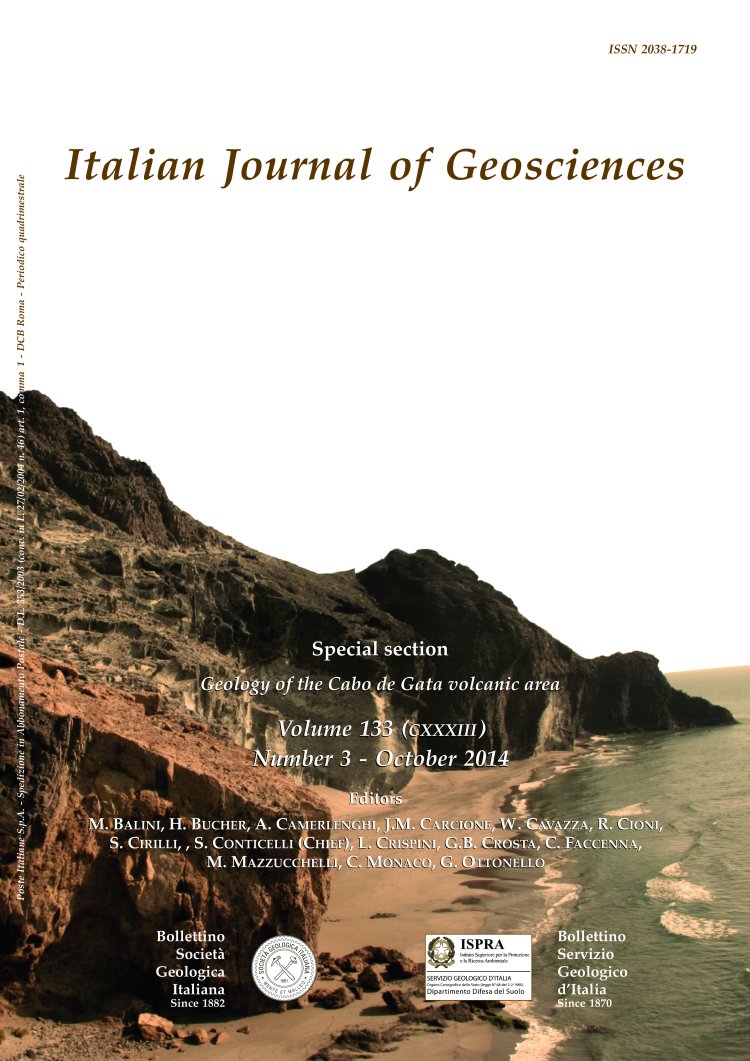
Size variations in the genus Gephyrocapsa during the
Enrico Di Stefano (*), Sandro Caracausi (*), Alessandro Incarbona (**), Serena Ferraro (*) & Simona Velardi (*)
(*) Università degli Studi di Palermo, Dipartimento delle Scienze della Terra e del Mare, Via Archirafi, 22 - 90123 Palermo, Italy.
(**) Università degli Studi di Palermo, Dipartimento delle Scienze della Terra e del Mare, Via Archirafi, 22 - 90123 Palermo, Italy. Corresponding
author: e-mail: alessandro.incarbona@unipa.it; phone: +39 09123864648.
Volume: 133 (2014) f.3
Pages: 474-480
Abstract
The genus Gephyrocapsa, belonging to coccolithophores, has
often been used in biostratigraphic and paleoceanographic studies of
the late Cenozoic. This taxon exhibits a gradual increase in size
during the Early Pleistocene which has been ascribed to evolutive
and/or environmental processes and has been used for biostratigraphic
purposes.
Here we show both biometric and relative abundance data of
specimens of this genus between about 2.0 and 0.9 Ma, from sediments
of the Ionian Sea (eastern Mediterranean). Measurements on
the long axis of placoliths highlight a gradual size increase between
the upper part of MNN 19a and the top of MNN 19d biozones. On
the basis of the comparison with paleoenvironmental proxy data
acquired on the same site, we rule out the influence of climate and
oceanographic phenomena due to glacial/interglacial oscillations,
on Gephyrocapsa spp. size variations. However, we argue that the
climate/environmental forcing may have acted by longer-scale
phenomena, for instance the growth of ice sheets and the subsequent
sea surface cooling in the oceans. Finally, we suggest that the
First Common Occurrence of Gephyrocapsa >4.5 mm and the First
Occurrence of Gephyrocapsa >5.0 mm may approximate the Last
Occurrence of Calcidiscus macintyrei in studies dealing with terrigenous
sediments affected by severe reworking.
Keywords
Get Full Text